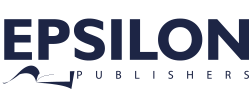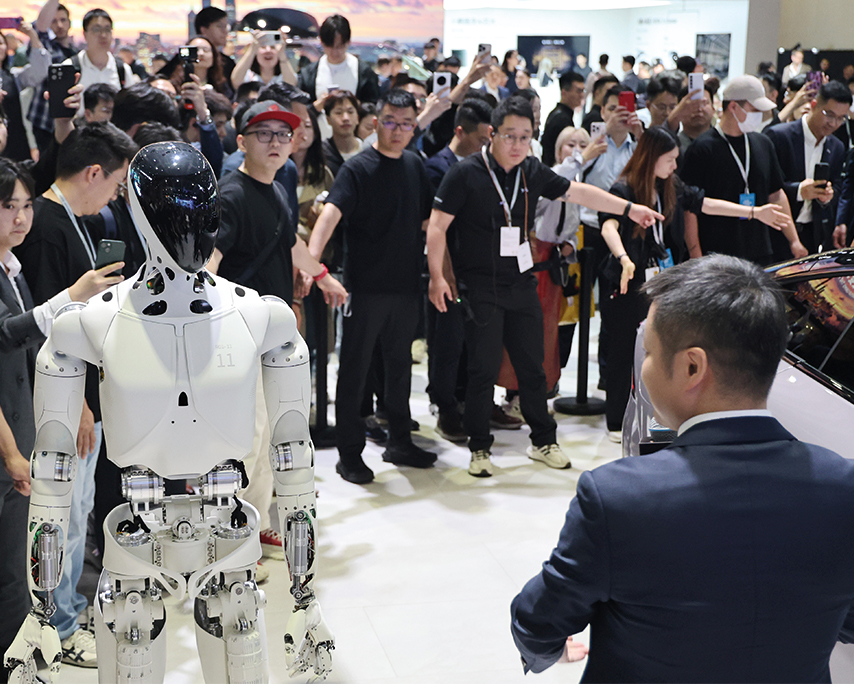Copyright in the age of Artificial Intelligence
The rise of AI-generated content, spanning text, music, visual art, and code, has ignited widespread debate about the evolving role and boundaries of copyright in a world where machines act as co-creators. Far from a binary issue, copyright in the age of AI is a multifaceted negotiation involving innovation, fairness, and ethical responsibility. As technology advances, both legal frameworks and societal norms must adapt. Whether through updated legislation, new licensing models, or mechanisms for creative attribution, the central challenge lies in balancing the rights of human creators with the benefits of technological progress.
From the perspective of artists, writers, musicians, and other creatives, AI systems often rely on training data drawn from vast online repositories, many of which contain copyrighted works used without permission or compensation. To them, AI threatens the integrity of human creativity and undermines intellectual property rights. Their key concerns include the unauthorised use of copyrighted material in training datasets, the potential for AI-generated content to imitate individual artistic styles (thereby blurring the line between inspiration and infringement), and the economic displacement of human creators by faster, cheaper AI alternatives. These issues have led, for instance, to legal action by visual artists against AI image generators trained on public datasets scraped from the internet, including copyrighted illustrations.
Conversely, tech companies developing AI tools argue that training data use falls within the doctrine of “fair use,” particularly when the models produce new and original content rather than replicating existing works. Their defence rests on several premises: AI models generate novel combinations rather than direct reproductions, restricting access to data would hinder technological advancement, and open access to training materials helps democratise creativity. They emphasise that overly strict regulation could stifle innovation and prevent widespread access to creative tools that empower users of all skill levels.
From a legal standpoint, current copyright law, primarily predicated on human authorship, is ill-equipped to address the complexities of machine-generated content. This legal grey area gives rise to several unresolved questions: Who owns AI-generated works, the user, the developer, or perhaps no one at all? Can works created without direct human involvement be copyrighted? Should the use of copyrighted material for AI training require explicit licensing, or is it defensible under fair use? Notably, different jurisdictions are taking divergent approaches. In the United States, the Copyright Office has declared that works without human authorship are ineligible for copyright protection. Meanwhile, the United Kingdom and Japan have adopted more flexible stances, particularly in relation to text and data mining for AI training.
For everyday users, AI represents both a powerful tool for creativity and productivity and a potential ethical minefield. While these technologies offer unprecedented opportunities—enabling small content creators to produce high-quality work quickly and inexpensively—they also raise important questions. Users may unknowingly rely on AI outputs derived from copyrighted sources, which introduces a fine line between originality and infringement. This leads to a broader question from the user’s perspective: is AI-generated content a form of empowerment, or does it risk becoming an instrument of unintentional exploitation?
Finally, from an ethical angle, we may be on the cusp of redefining creativity itself. Some ethicists are asking profound questions: Should machines be allowed to create? What does authorship mean when it is partially or wholly delegated to algorithms? These questions open a new dimension of the copyright debate—one still in its early stages but increasingly relevant. Does the rise of AI-generated content diminish the cultural and emotional value of human creativity? Should there be transparency requirements, such as mandatory disclosure of AI involvement? Could new licensing or moral rights systems emerge to address hybrid forms of creation?
As AI continues to evolve, so too must our understanding of creativity, ownership, and fairness in the digital age. The future of copyright will likely depend not only on legal reform but also on cultural consensus about what it means to create and who, or what, is entitled to own the outcome.



